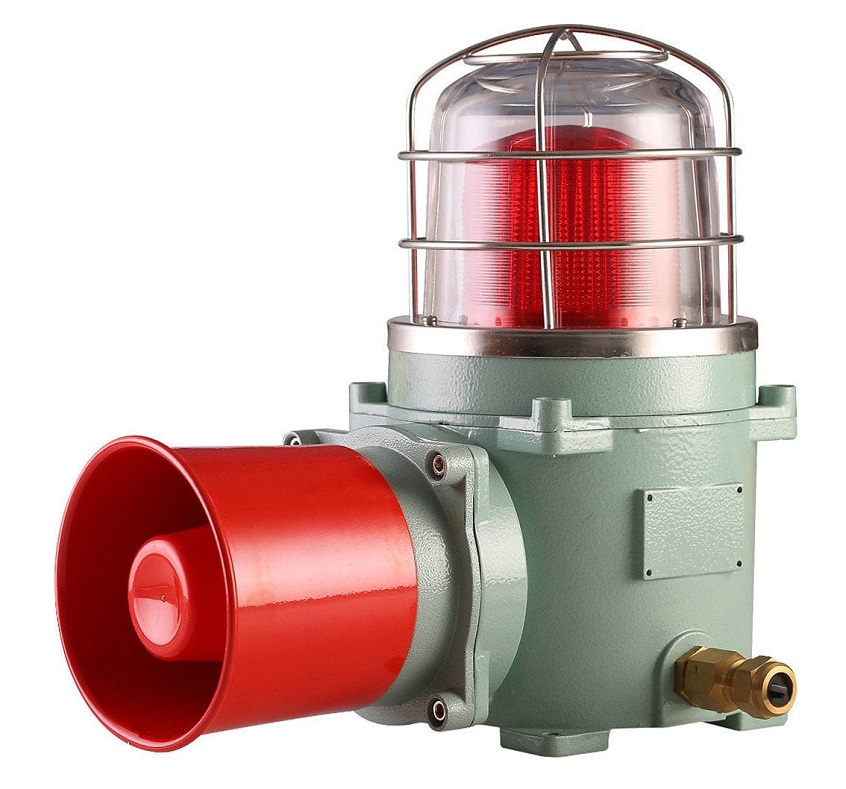
Business Fire Safety: How to Reduce Your Chance of Fire and Smoke Damage
Every business in Australia is required to have all the necessary fire protection systems, as well as have them properly installed and taken care for on a regular basis. Not only will that insure the safety of your employees and business itself, but it will also ensure your business is in compliance with Australian Standards. A fire alarm system can mean the difference between your business succeeding or suffering thousands, if not millions in losses, and more importantly, it can be the difference between life and death.
Installing an alarm system for your industrial building is a pretty straightforward process. However, it isn’t something that can be taken lightly, so making sure you have it installed properly is of utmost importance. For instance, you should have an industrial buzzer installed in such a manner, so that everyone can be notified in case of a fire. Simply put, they need to be loud – the louder the better. Moreover, smoke detectors should be present on all ceilings, especially if there’s a higher chance of fire, such as a kitchen, installation room, rooms filled with cables, etc.
Every alarm system (including the industrial buzzer) should be tested regularly to ensure it’s working properly. Furthermore, having fire extinguishers and other fire fighting equipment at hand is also recommended in industrial and commercial locations, as it can mean the difference between life and death. When it comes to the type of sensor an alarm system uses, there are a few types. The most commonly used ones are ionization sensors and photoelectric sensors.
Ionization Sensor Fire Alarms
Ionization sensor alarms work by ionizing the air in the alarm with a small amount of radioactive material, thus creating electric current in the detector. When smoke enters the ionized chamber, it causes disarray in the current and the alarm goes off. Most commonly, a carbon monoxide detector is combined with the ionization sensor alarm, which allows it to detect even the smallest smoke particles from quick-igniting fires, like fires from paper and grease.
Photoelectric Sensor Fire Alarms
These alarms feature a small probe light that remains on unless there’s a smoke particle detected. When a smoke particle does enter the system, the light goes off and the alarm is activated. Photoelectric sensor alarms are typically more expensive, but are very unlikely to be activated by accident. Large smoke particles from fires that come from clothing, electricity, upholstery or bedding are easily detected by photoelectric fire alarms.


No Comments